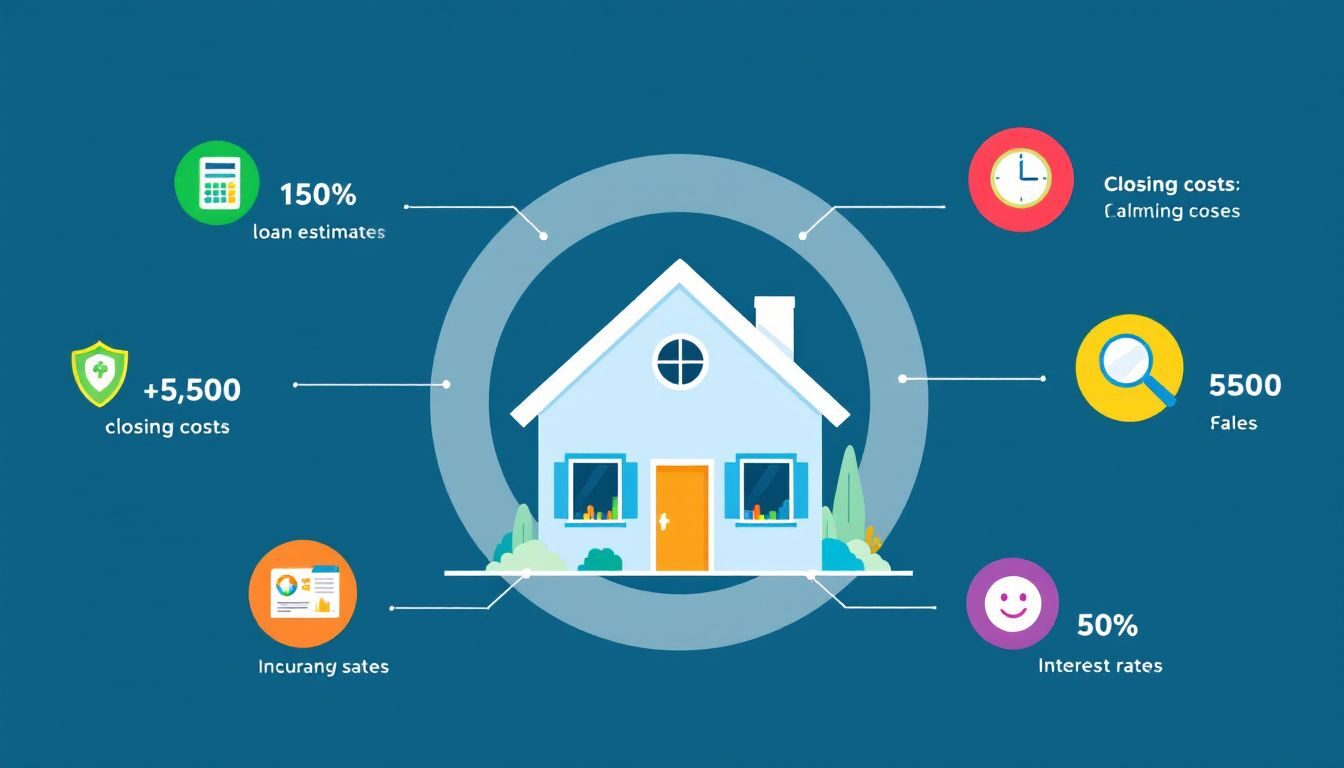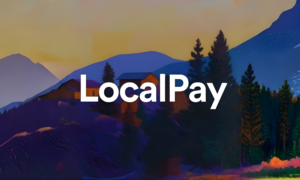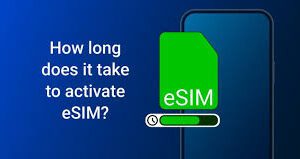What Is UFMIP (Up-Front Mortgage Insurance Premium)?
If you’re applying for an FHA loan, you’ll quickly come across the term Up-Front Mortgage Insurance Premium (UFMIP). This is a one-time charge required by the Federal Housing Administration to protect lenders when they approve borrowers with smaller down payments and lower credit scores. It’s not an extra interest rate or a random bank fee—rather, it’s part of the insurance structure that allows FHA loans to remain accessible to more homebuyers. Understanding how UFMIP works is essential, because it can significantly impact your total loan cost and the amount you’ll need to bring to closing.
UFMIP Rate and How It’s Calculated
As of 2025, the UFMIP for most FHA loans is 1.75% of the total loan amount. The calculation is straightforward. Suppose you purchase a $300,000 home with a 5% down payment, meaning you borrow $285,000. The UFMIP would be $285,000 multiplied by 1.75%, which comes to $4,987.50. This amount is added to your costs at the time of closing, and it remains fixed regardless of your credit score, loan term, or other underwriting factors.
Ways to Pay UFMIP
Borrowers typically have two ways to cover the UFMIP. The first is to pay it in full at the time of closing. This approach means you’re done with the charge immediately and won’t pay interest on it later, but it also requires you to have more cash available upfront—a factor that can be challenging for some first-time buyers.
The second option is to finance the UFMIP by rolling it into your loan balance. This reduces the immediate out-of-pocket cost, making closing more affordable, but it comes with a trade-off: you’ll pay interest on that added amount for the entire duration of your mortgage. Over time, this can make the total cost of the insurance premium higher than if you had paid it upfront.
Annual MIP vs. Up-Front MIP
UFMIP is not the only mortgage insurance cost in an FHA loan. There’s also the Annual Mortgage Insurance Premium (MIP), which is calculated each year and added to your monthly mortgage payment. While UFMIP is a one-time fee at the start of the loan, annual MIP continues for many years—sometimes for the life of the loan—depending on your down payment and loan term. For example, on a typical FHA loan, the annual MIP rate ranges from about 0.15% to 0.75% of the loan balance. This means FHA borrowers need to plan for both types of insurance premiums when budgeting for their home.
Refund Rules for UFMIP
In most situations, the UFMIP is non-refundable. However, there is one notable exception: if you refinance from one FHA loan to another FHA loan within three years, you may be eligible for a partial refund. The refund amount decreases with each month that passes after your original loan closing, so the sooner you refinance, the larger the credit you can receive. This rule can be a smart consideration if you plan to refinance to take advantage of lower interest rates or to remove other loan costs.
FHA MIP vs. Conventional PMI
Many homebuyers also compare FHA’s mortgage insurance system with conventional loan Private Mortgage Insurance (PMI). The key difference is that PMI can usually be canceled once your loan balance drops to 80% of the home’s value, whereas FHA’s MIP often remains in place for the full term unless you refinance into a non-FHA loan. PMI rates are also influenced by credit scores and down payment amounts, while FHA’s MIP and UFMIP are more standardized, making them predictable but less flexible in terms of cancellation.
Tips for Managing UFMIP Costs
If you have enough savings, paying UFMIP in full at closing can save you money over the life of the loan because you’ll avoid paying interest on it. On the other hand, if paying it upfront would strain your budget, financing it may be the more practical option—especially if it means you can keep more emergency savings on hand after you move in. Another strategy is to plan for an FHA-to-FHA refinance within the first few years to potentially recover some of the UFMIP through a refund credit.
Final Thoughts
The Up-Front Mortgage Insurance Premium is a major cost component of an FHA loan, but it’s also a key part of what makes these loans accessible to borrowers who might not qualify for conventional financing. By understanding the rate, payment options, refund rules, and how UFMIP compares to other forms of mortgage insurance, you can make informed decisions that fit your budget and long-term homeownership plans. Before you commit, use an FHA loan calculator to estimate your costs and speak with a mortgage professional to determine the best way to handle UFMIP for your situation.































